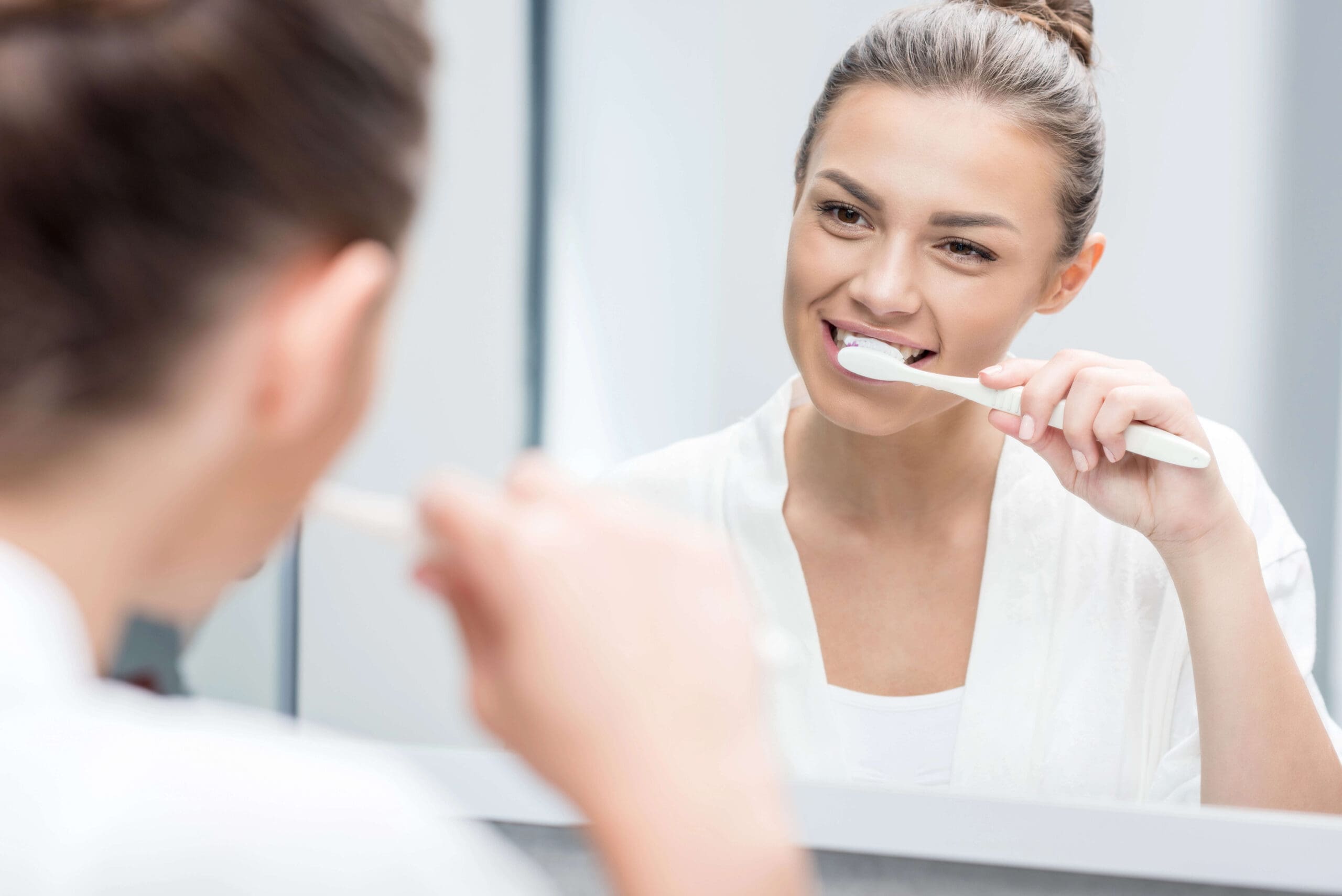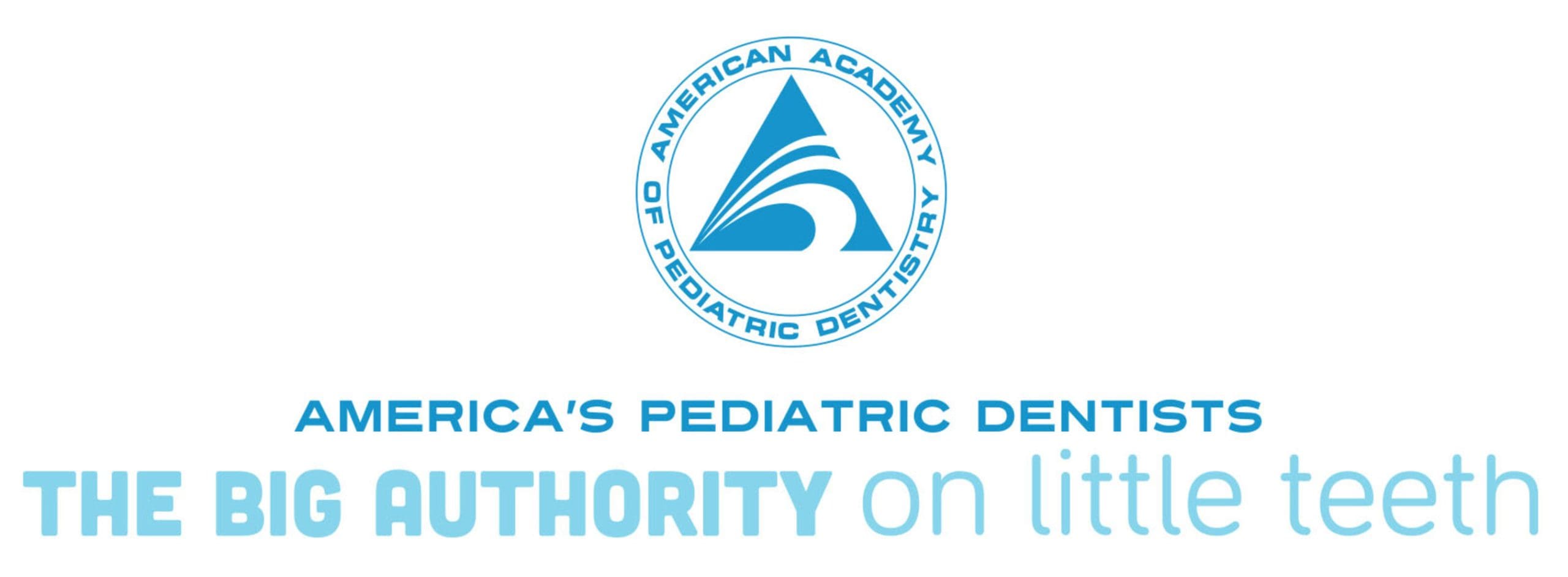Wondering about brushing teeth after fluoride treatment: when to start? Generally, it’s advised to wait a certain period before brushing to allow the fluoride to fully absorb and maximize its benefits. This ensures that the treatment effectively strengthens the enamel and protects against cavities.
Brushing Teeth After Fluoride Treatment
Understanding fluoride treatment basics is essential for anyone considering this dental procedure. Fluoride treatments are designed to strengthen tooth enamel and help prevent cavities by making teeth more resistant to acid attacks from plaque bacteria and sugars in the mouth. This treatment is commonly applied by dental professionals and involves a concentrated form of fluoride, which can be in the form of a gel, foam, or varnish. The fluoride is typically applied to the teeth for a short period, allowing it to penetrate the enamel and provide long-lasting protection.
After receiving a fluoride treatment, many people wonder about the appropriate time to resume their regular oral hygiene routine, particularly brushing their teeth after fluoride treatment. It’s important to understand that the timing can vary based on the type of fluoride used and the specific instructions provided by your dental professional. For those curious about other post-treatment considerations, such as enjoying their favorite beverages, you might find it helpful to explore topics like Coffee After Fluoride Treatment: Safe or Not?.
Importance of Post-Treatment Care
Understanding the importance of post-treatment care is crucial when it comes to maintaining oral health, especially after a fluoride treatment. Brushing teeth after fluoride treatment is a common concern for many individuals, as it plays a significant role in ensuring the effectiveness of the treatment. Proper care following a fluoride application helps in maximizing the benefits of the treatment, which is designed to strengthen tooth enamel and prevent cavities. By adhering to recommended guidelines, individuals can ensure that their teeth remain protected and healthy.
The timing of brushing teeth after fluoride treatment is essential to consider, as it can impact the overall success of the treatment. While fluoride treatments are highly effective in enhancing dental health, understanding the appropriate post-treatment practices can further support oral hygiene goals. For those seeking more information on fluoride treatments and their benefits, visiting the Lincolnton Dental Fluoride Treatment page can provide valuable insights into maintaining optimal dental health.
Timing for Brushing Teeth
Understanding the appropriate timing for brushing teeth after fluoride treatment is essential for maintaining optimal oral health. After receiving a fluoride treatment, it is generally advised to wait a specific period before brushing teeth to ensure the fluoride has ample time to absorb into the enamel effectively. This waiting period can vary, but it is crucial to adhere to the recommended timeframe to maximize the benefits of the treatment. By allowing the fluoride to fully integrate with the tooth surface, individuals can enhance their dental health and protect against cavities more effectively.
Effects of Fluoride on Enamel
Fluoride plays a crucial role in maintaining dental health by strengthening tooth enamel, the outermost layer of teeth. When applied during a fluoride treatment, it helps to remineralize weakened enamel, making it more resistant to decay and cavities. This process is essential for protecting teeth from the acids produced by bacteria in the mouth. Understanding the effects of fluoride on enamel is important when considering the timing of brushing teeth after fluoride treatment, as it ensures that the benefits of the treatment are maximized. For more information on dental care, you can visit Alpine Pediatric Dentistry, your trusted Lincolnton Dentist.
Common Dental Recommendations
After receiving a fluoride treatment, dental professionals often provide guidance on when to resume brushing your teeth to ensure the treatment’s effectiveness. Generally, it is advised to wait a certain period before brushing to allow the fluoride to fully absorb into the enamel. This waiting period can vary, but it is typically suggested to avoid eating, drinking, or brushing for at least 30 minutes post-treatment. This timeframe helps maximize the benefits of the fluoride, promoting stronger and more resilient teeth. Always follow the specific instructions given by your dental care provider, as they may tailor their advice based on individual needs and the type of fluoride treatment administered.
Potential Sensitivity After Treatment
After receiving a fluoride treatment, some individuals may experience temporary sensitivity in their teeth. This sensitivity can vary in intensity and duration, often manifesting as a mild discomfort when consuming hot or cold foods and beverages. It’s important to understand that this is a common reaction and typically subsides on its own. When considering brushing teeth after fluoride treatment, it’s essential to be aware of this potential sensitivity, as it may influence the comfort level during oral hygiene routines. The fluoride treatment works to strengthen the enamel, but the process can temporarily heighten sensitivity, making it a noteworthy aspect of post-treatment care.
Maintaining Oral Hygiene Routine
Maintaining a consistent oral hygiene routine is essential for overall dental health, even after receiving fluoride treatment. While fluoride treatments are beneficial in strengthening teeth and preventing cavities, it’s important to understand the role of brushing teeth after fluoride treatment in your daily regimen. This practice ensures that your teeth remain clean and free from plaque buildup, contributing to long-term oral health. By integrating regular brushing into your routine, you support the effectiveness of fluoride treatments and promote a healthier mouth.
Professional vs. At-Home Treatments
When considering the timing for brushing teeth after fluoride treatment, it’s important to understand the differences between professional and at-home treatments. Professional fluoride treatments, typically administered by a dentist, often involve a higher concentration of fluoride compared to at-home options. This can influence the recommended waiting period before brushing teeth after fluoride treatment, as professional applications may require more time to fully absorb into the enamel. On the other hand, at-home fluoride treatments, such as those found in certain toothpaste or mouth rinses, generally contain lower fluoride levels, which might affect the timing differently. Understanding these distinctions can help in making informed decisions about oral care routines following any fluoride application.
Long-Term Benefits of Fluoride
Fluoride plays a crucial role in maintaining oral health, offering long-term benefits that extend beyond the immediate effects of a dental visit. When considering the timing of brushing teeth after fluoride treatment, it’s important to understand how fluoride strengthens tooth enamel, making it more resistant to decay. This mineral helps in the remineralization process, repairing early signs of tooth decay before they become significant issues. Over time, consistent exposure to fluoride can lead to fewer cavities and a healthier mouth overall. By incorporating fluoride into your dental care routine, you are investing in the long-term health of your teeth, ensuring they remain strong and resilient against the challenges of daily wear and tear.
Conclusion
Understanding the right time to resume brushing teeth after fluoride treatment is essential for maintaining oral health. For more information, feel free to call us at 704-479-6777 or check out our Google Maps reviews.





